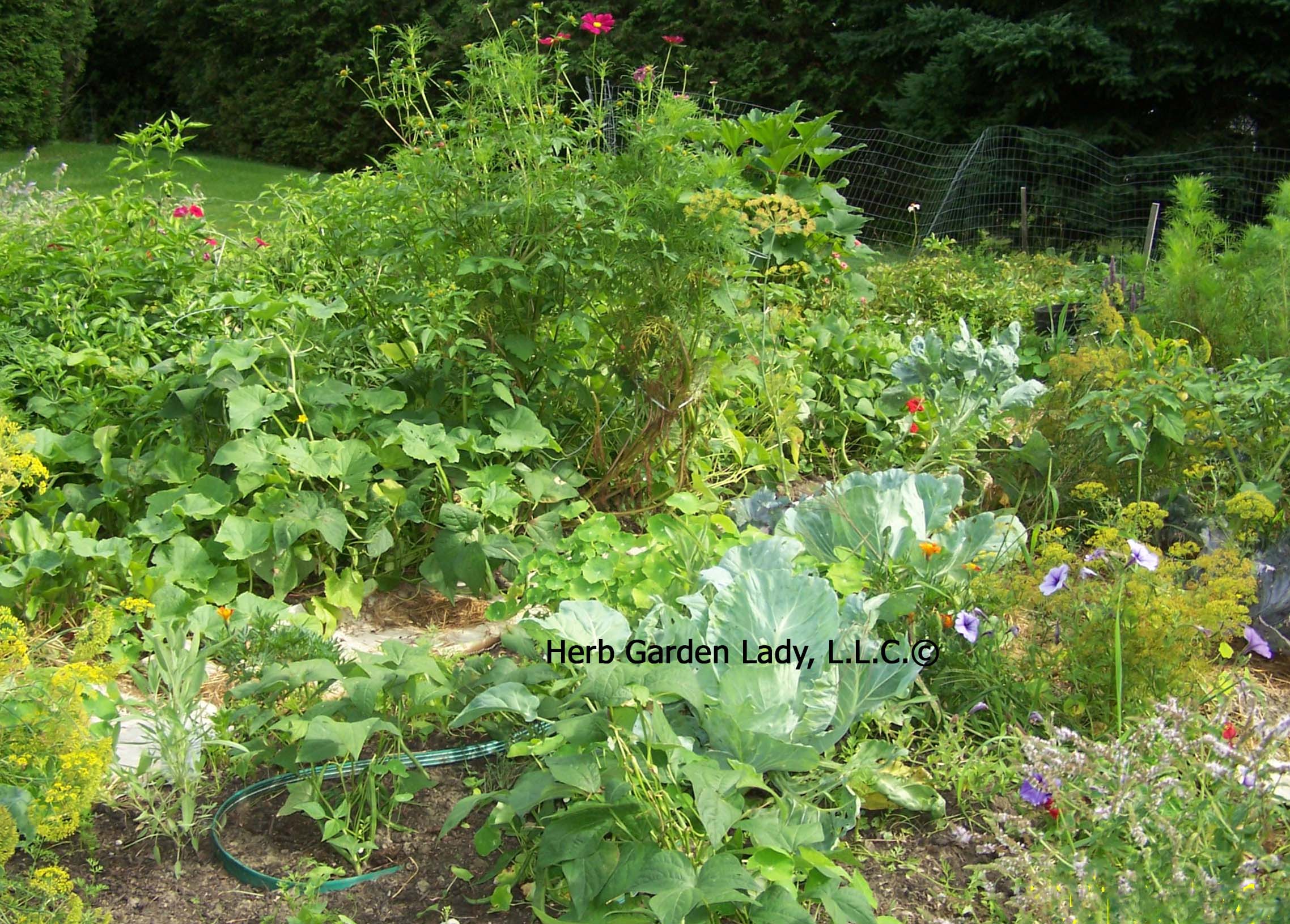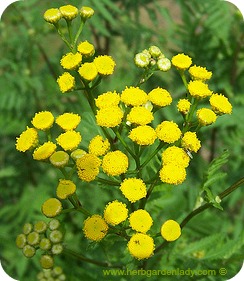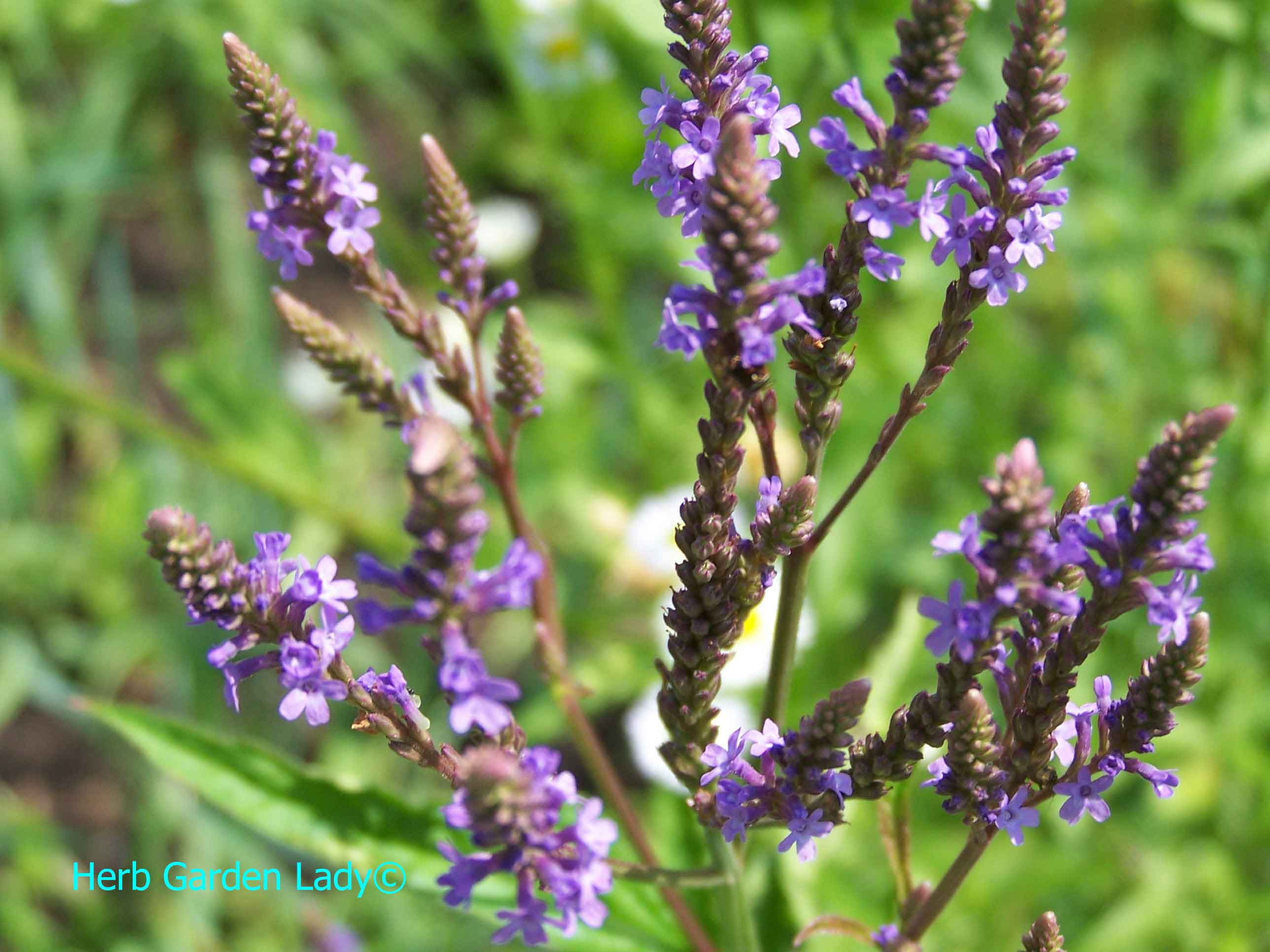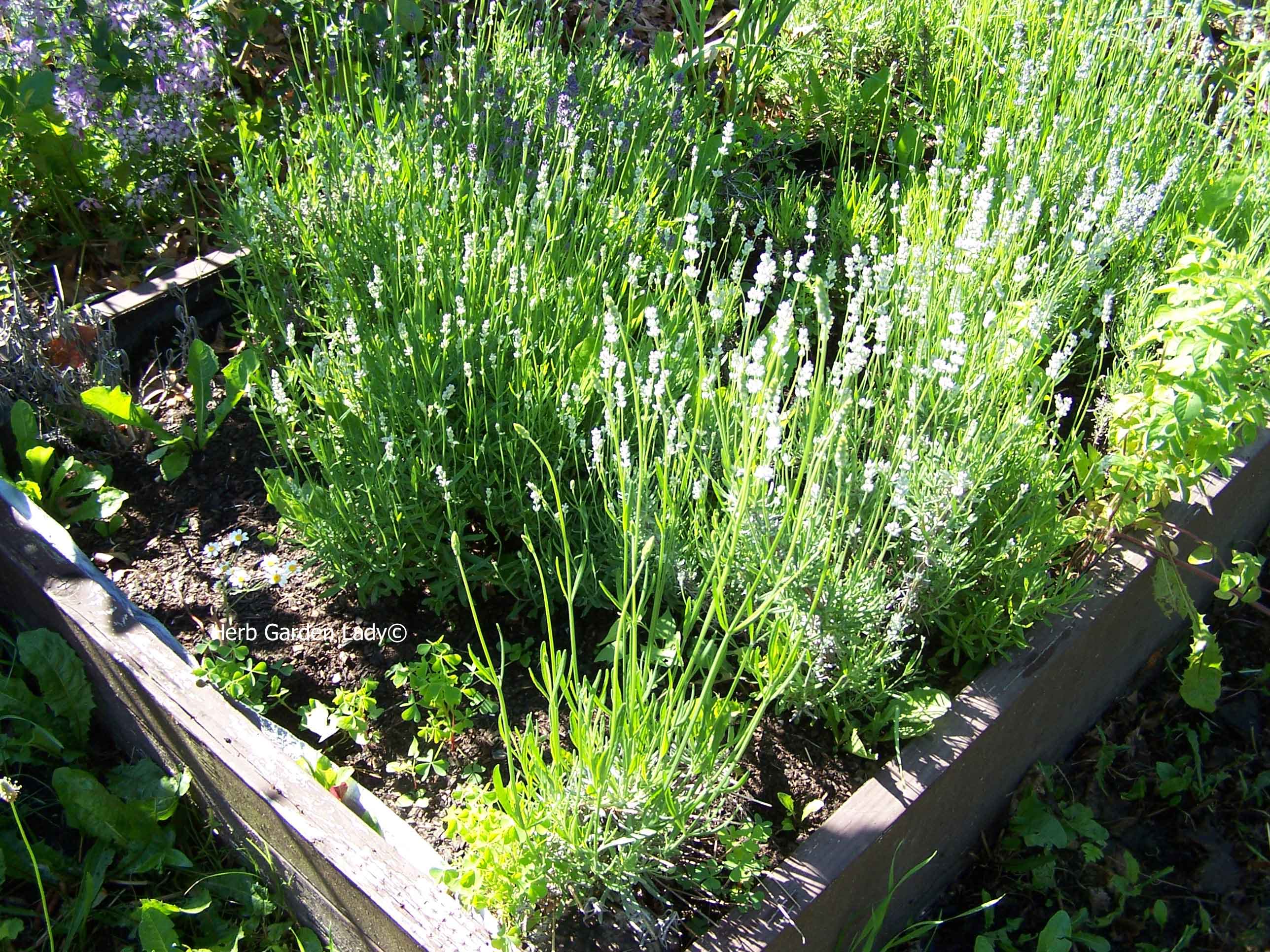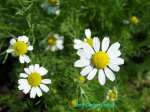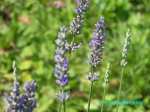Your Basic Herb Garden
Design Plans
Aromatherapy Biblical Container Culinary
Italian Kitchen Square Foot Windowsill
A basic herb garden can incorporate many different herbs and edible
plants. It doesn’t need to be very large either. A mini herb garden is
an ideal way in starting an herb garden. It is a low maintenance,
changeable, and surprisingly easy thing to do.
First, plan your herb garden design.
Start
with a simple plan of say 10 to 20 herb plants and choose to
incorporate lettuces, dandelions, and other edible plants as part of
your basic herb garden.
• Dimensions: 16 feet long x 10 feet wide
Start with this or a little smaller as an initial point to build your herb garden.
• Lattice: A lattice fence on the north facing side, 10 to 12 feet long
• Curves: A wide curve, or figure 8, or S shape, or @ curve
• Sitting area: Wooden or granite bench, two chairs and table, big log
• Water: A bird bath or a clay pot dish
• Pathway: Add pebbles, sand, or mulch
Soil Preparation
Next, prepare the soil area by incorporating good compost or manure
so your garden herbs get off to a good, strong start.
If
you’re lucky your neighborhood town has a compost, manure, or leaf pile
where neighbors bring their year end leaves, grass clippings, or large
branches. The town then starts the composting of the leaves and grass
clippings in one large group. The large branches are then chipped into
mulch and that’s combined into another pile. This useful, free garden
manure is excellent for herb gardens.
What's Your Zone?
Know your hardiness zone?
Otherwise, after you’ve planted your herbs you will be
sadly disappointed when the next season comes again and your precious
rosemary didn’t make the northern winters.
If you must bring rosemary or some other herb indoors for winter protection make sure to re-pot with new composted soil. Be aware of pest lurking as you do not want to bring them inside to attack your other indoor-herb-garden plants for the winter. It is best to spray them with warm water and dish detergent soap as this will get help get off any eggs left by the harmful plant insects.
Design A Basic Herb Garden With Layers
Start with herb plants for the back area…
In the back where you may have installed lattice or a brick wall on the north facing side plant these tall herbs.
• Clematis, C. Montana, ‘Elizabeth’ is scented and for a small scale herb garden
• Honeysuckle, Lonicera periclymenum, Woodbine, vigorous and fragrant climber or Lonicera japonica repens: flowers, leaves, and shoots are all purple colored
• Hops, Humulus lupulus, easy to grow and makes you sleepy once brushed upon
• Jasmine, Jasminum officinale, is to grow in fertile soil with a heady fragrance (not hardy in Vermont, zone 4)
• Roses, Rosaceae, plant for fragrance and beauty, light loam soil, sunny position
Next layer in front of these…
• Tansy, Tanacetum vulgare, strong scent, adds height, can grow to 5 feet, clip off flowers in the fall, self-sows easily
• Sweet Joy Pye, Eupatorium purpureum, Attractive with large purple flowers, native plant to North America
• Marshmallow, Althaea officinalis, adds height to 5 feet and lovely pale, pink flowers
• Angelica, Angelica archangelica, Provides stature, plant next to Tansy as I’m told it attracts aphids and Tansy attracts beneficial insects who eat the aphids.
• Lemon balm, Melissa officinalis, honey bees love this plant, nice citrus fragrance, and useful as an herb tea
• Calendula, Calendula officinalis, Useful orange colored flowers for skin creams, lotions or teas
• Lavender, Lavandula angustifolia, this is a must herb for your basic herb garden, striking silver foliage
with fragrant purple flowers used as sachets, wands, potpourri, and many other
uses.
Finally, the front layer or entrance point
• Chives, Allium schoenoprasum, Edible flowers and leaves
• Marjoram, Origanum vulgare, Variegated, golden or winter with tender, sweet flavored leaves
• Thyme, Thymus praecox, Creeping thyme, French thyme or silver thyme are very attractive and useful in cooking - wild thyme is the most medicinal
• Lawn chamomile, Chamaemelum nobile, ‘Treneague’, non-flowering, mat forming with apple scented leaves
When the above herbs are planted you may want to add a bird bath, granite or wooden bench, and a gravel or mulched path.
Just a note with bark mulch…
Bark mulch is a ‘nitrogen drawback’; it takes nitrogen from the soil and doesn’t break down easily. This is great for a walk path. But, I would add a little nitrogen close to the outer edges so it doesn’t leach nitrogen from your newly planted herbs.
This basic herb garden design can be done easily with a good plan, groundwork, and time to get ready to plant.
Enjoy the benefits of your hard work. It will pay off in years to come.
Start a square foot garden by learning how to here.
